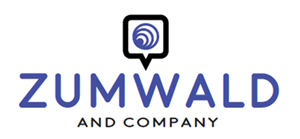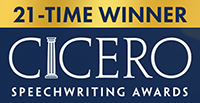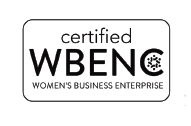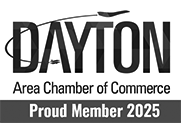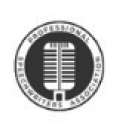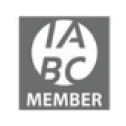Speak to persuade: Apply ethos, logos, pathos
A longtime client recently asked me to lead a “train the trainer” workshop for subject matter experts – in accounting, IT, credit, purchasing and other business services – so these folks could improve the content and delivery of their professional presentations.
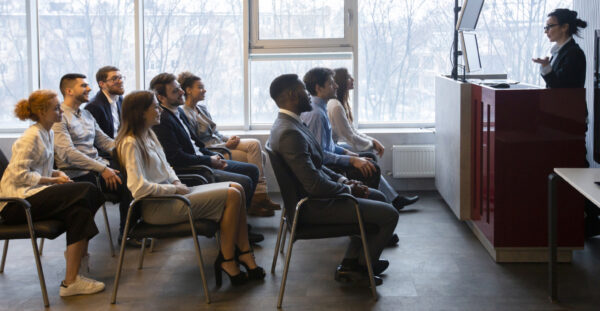
All 40 of these experts-turned-presenters shared the same goal:
To persuade their audiences to learn and adopt new processes, practices and technologies as part of their daily workflows – at times, a heavy lift.
These presenters had been on stage many times.
But in the past?
Many had just lectured.
Now, their bosses were challenging them to connect, inspire and persuade.
- Could they speak with more confidence, professionalism and excellence?
- Could they make their message more relevant and engaging?
- Could they drive an actual business result?
And how?
The tool I taught was my AIM for Impact framework, which we promptly applied to troubleshoot and improve their in-process presentations on the fly (an exercise that never fails to spark plenty of aha moments!).
Within that framework, I referenced the modes of persuasion given to us by Aristotle: ethos, logos, pathos.
Aristotle’s rhetorical triangle is the gold standard for the art of persuasion:
- Trust (ethos)
- Logic (logos)
- Emotion (pathos)
Here’s a clip of what I shared that day:
“You need all three,” I told the class, so people believe, understand and act.
Omit just one, and your message wobbles.
Ethos builds trust

When people in your audience wonder, “Why should I listen to you and believe you?” the ethos you convey answers that question.
The audience wants proof:
Are you credible?
Are you trustworthy?
Do you have the authority – have you gained the reputation – to speak on this topic?
Proof of ethos goes beyond the predictable and ho-hum “reading of the bio” upfront (which I do not recommend).
Instead, consider this:
What can you say to convey a shared experience or shared values?
What can you reveal about your unique journey that makes you credible and memorable, and qualifies you to help the audience decide to think or behave differently?
Logos guides understanding
Logos – the way you structure your ideas and share facts clearly and logically – gives your message backbone.
Fuzzy logic breeds confusion. And confused audiences quickly tune out.
Logos properly applied helps audiences follow along and stay with you as you travel from point to point.
And yet?
Logos never stands alone.

Pathos stirs hearts
The true engine of change is pathos: the power tool of emotion.
As I told my audience during the workshop that day:
“Even if you’re talking about (business) data – there’s a way to add emotion into a presentation to get people to feel something if you’re trying to teach something.”
Turn data into drama – move people! – by showing a little heart:
- Tell a true story
- Address their fears
- Reveal the stakes
- Picture the future
- Tap into hope
What you can do next
Get motivated: Watch the video clip again.

Then, check yourself. Review your next presentation in process.
- Does your ethos shine bright?
- Is your logos straightforward?
- Is pathos even present?
Then, get a little counsel.
“What’s missing here?
“Credibility?
“Clarity?
“Connection?”
Public speaking is your chance to influence others through the art of persuasion.
So apply this timeless trio from Aristotle with intention.
- Build trust through your ethos.
- Guide minds with clear logos.
- Stir hearts with pathos to spark action.
Master all three if you want to stop presenting – and start persuading.
Need help ensuring your speeches and presentations will persuade?
Contact Teresa Zumwald: a 21-time winner of the Cicero Speechwriting Awards who delivers custom speechwriting services, plus executive speech coaching, executive communication, and speaking and training.
